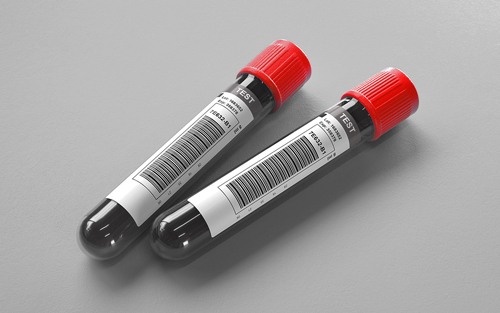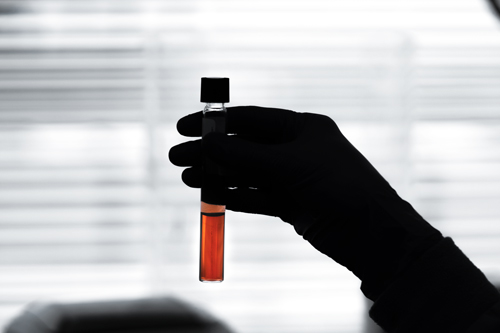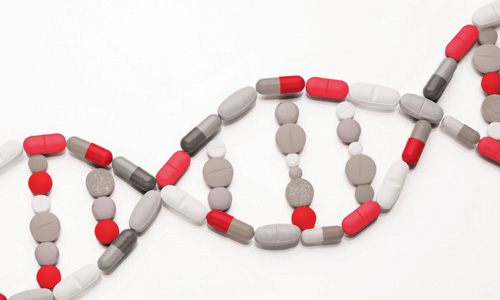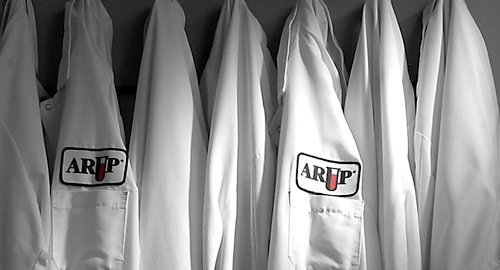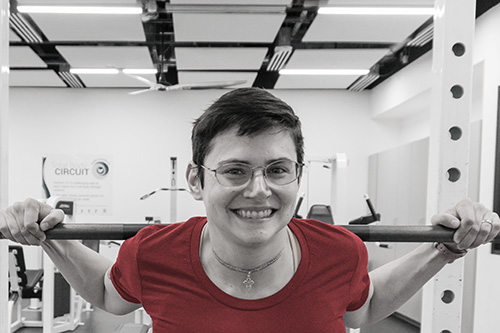Cryoglobulin, Qualitative
Ordering Recommendation
Aids in evaluation of patients with vasculitis, macroglobulinemia, or multiple myeloma in whom symptoms occur with exposure to cold.
New York DOH Approval Status
Specimen Required
Fasting specimen required: overnight or minimum of 8 hours fasting.
Plain red tube.
1) Draw approximately 7 mL of blood into a prewarmed (37 degrees C) plain red tube. Alternatively: draw into a prewarmed (37 degrees C) syringe and immediately transfer blood to a prewarmed (37 degrees C) plain red tube. 2) Maintain collected blood at 37 degrees C until clotting is complete. 3) Separate serum from cells within 1 hour of collection. Transfer 3 mL serum to an ARUP standard transport tube. (Min: 1 mL) See Remarks.
Room temperature. Also acceptable: Refrigerated.
Plasma. Serum separator tubes (SST or clot-activating tubes). Grossly hemolyzed or lipemic specimens.
Proper collection and transport of specimen is critical to the outcome of the test. Submitting quantities less than 3 mL may affect the sensitivity of the test.
After separation from cells: Ambient: 1 week; Refrigerated: 1 week; Frozen: Unacceptable
Methodology
Qualitative Cold Precipitation
Performed
Sun-Sat
Reported
3-5 days
Reference Interval
Interpretive Data
Standard
Note
The specimen is examined daily for the presence or absence of cryoglobulins over a period of three days. Cryoglobulins are usually associated with certain plasma cell and lymphoproliferative disorders, but have also been demonstrated in collagen vascular diseases, hepatitis C infection, and infections such as infectious mononucleosis and cytomegalovirus disease. They may also be found in low levels in apparently healthy individuals.
Hotline History
CPT Codes
82595
Components
| Component Test Code* | Component Chart Name | LOINC |
|---|---|---|
| 0050185 | Cryoglobulin, Qualitative | 5117-7 |
Aliases
- Cryoglobulins/cryoglobulins
- Cryoprotein
- Qualitative cryoglobulin
